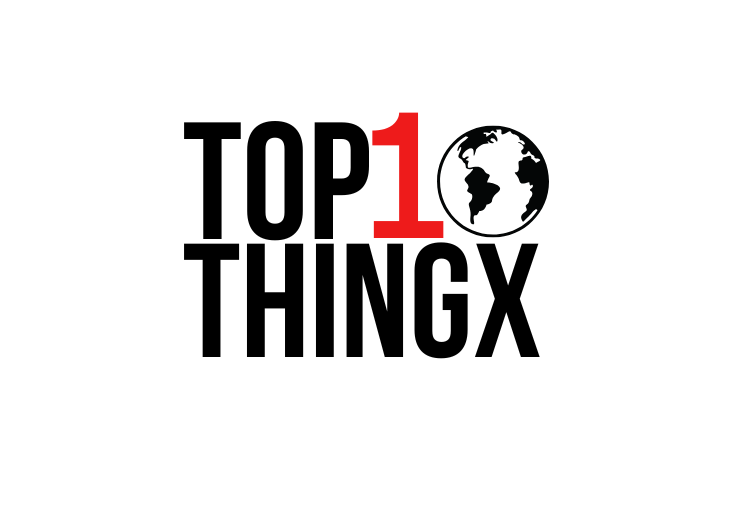Choosing the right audience for your product or service can be the difference between business success and failure. Have you ever wondered how successful businesses seem to know exactly who to sell to? They don’t just rely on luck; they identify their target market.
But what is a target market, and how do you choose the right one? Let’s explore these concepts together, especially as we move into target markets 2024, where competition is high and precision is key.
What Is a Target Market?
A target market is a specific group of people identified as the intended audience for a product or service. These individuals share common characteristics like age, gender, income, interests, or lifestyle. Think of it like fishing: instead of casting a wide net and hoping for the best, you use the right lure to attract the exact type of fish—your targeted client. This strategy makes your marketing efforts more focused and effective.
Explain the Concept of Market and Market Identification
Before identifying your audience, it’s essential to understand the concept of a market. A market refers to the overall group of potential buyers for a product or service. Market identification is the process of narrowing that group into defined customer segments based on who is most likely to convert. It’s the foundation for strategic marketing decisions, especially when aiming to fill a gap target market left open by competitors.

Why Is Identifying a Target Market Important?
Identifying your target market ensures you:
Identifying your target market is crucial because it helps you tailor your marketing strategies to the right audience. By understanding who your potential customers are, you can create messages that resonate with them, leading to higher engagement and sales. Imagine trying to sell snow shovels in a tropical country – it just wouldn’t work. Similarly, knowing your audience ensures that you’re not wasting resources on people who are unlikely to buy your product.
- Save time and resources by focusing only on potential buyers.
- Create personalized campaigns that speak to your target customer types.
- Stand out in crowded target markets 2024 by offering specific solutions.
Trying to sell snow shovels in a tropical country wouldn’t make sense—and neither does marketing your product to the wrong audience.
Types of Target Markets
1. Demographic Segmentation
Demographic Segmentation
Divide the market by age, gender, income, education, and family size.
Example: A luxury brand targets high-income individuals aged 30–50.
Geographic Segmentation
Focus based on country, region, city, or even neighborhoods.
Example: A food delivery app targets users in busy metro areas.
3. Psychographic Segmentation
Segment based on values, interests, lifestyles, and attitudes.
Example: A yoga studio markets to health-conscious millennials.
4.Behavioral Segmentation
Classify consumers by purchase behavior, usage rate, or brand loyalty.
Example: A gadget brand focuses on tech-savvy early adopters.
Steps to Identify Your Target Market
1. Market Segmentation
Break down the general market into meaningful segments. For example, a fitness brand may focus on young adults passionate about outdoor sports.
2. Research Your Market
Use tools like Google Analytics, social media insights, surveys, and interviews to learn about your targeted client. Dig into customer pain points and motivations.
3. Analyze the Competition
Study how competitors define their target customer types. Find a gap target market they may be overlooking.
4. Create Customer Profiles
Build detailed customer personas based on your research. These profiles act as a guide for content, product design, and advertising.
5. Test and Validate
Run pilot campaigns to test if your market identification is correct. Use data and feedback to refine your approach.
Adjusting to Changing Target Markets 2024
The marketplace evolves, and so should your strategies. Emerging trends, economic changes, and new technologies can shift customer behavior. Regular reviews help you adjust your targeted client strategy and identify new target customer types.
Businesses often collaborate with a target broker—a specialist or agency who connects sellers with ideal buyer segments—to reach new audiences or test unfamiliar markets.
Select the Three Things a Retail Strategy Identifies
A strong retail strategy typically identifies:
- Target Market – Who are you selling to?
- Value Proposition – Why should they choose you?
- Sales Channels – Where and how will they buy?
Mastering these three helps in designing better campaigns, especially in crowded and competitive target markets 2024.
Conclusion: Know Where to Cast Your Net
Understanding and choosing your target market is vital to business success. Effective market identification lets you:
- Understand your audience
- Meet customer expectations
- Discover gap target markets
- Build better product offerings
Frequently Asked Questions-
Q1: What exactly is a target market and why does it matter?
A target market is a specific group of potential customers who share characteristics (such as age, income, lifestyle or behaviour) and who are most likely to purchase your product or service. Identifying this group helps you tailor your product, pricing, promotion and distribution efforts more effectively.
Q2: How do I go about choosing the right target market for my business?
To choose the right target market, you should:
Q3: Can I target more than one market, and what are the risks if I target too broadly?
Yes—you can target more than one segment (e.g., a primary and a secondary market). However, if you target too broadly you risk diluting your message, losing focus, and wasting resources. Being focused allows you to craft a marketing mix that resonates deeply with the selected group.
